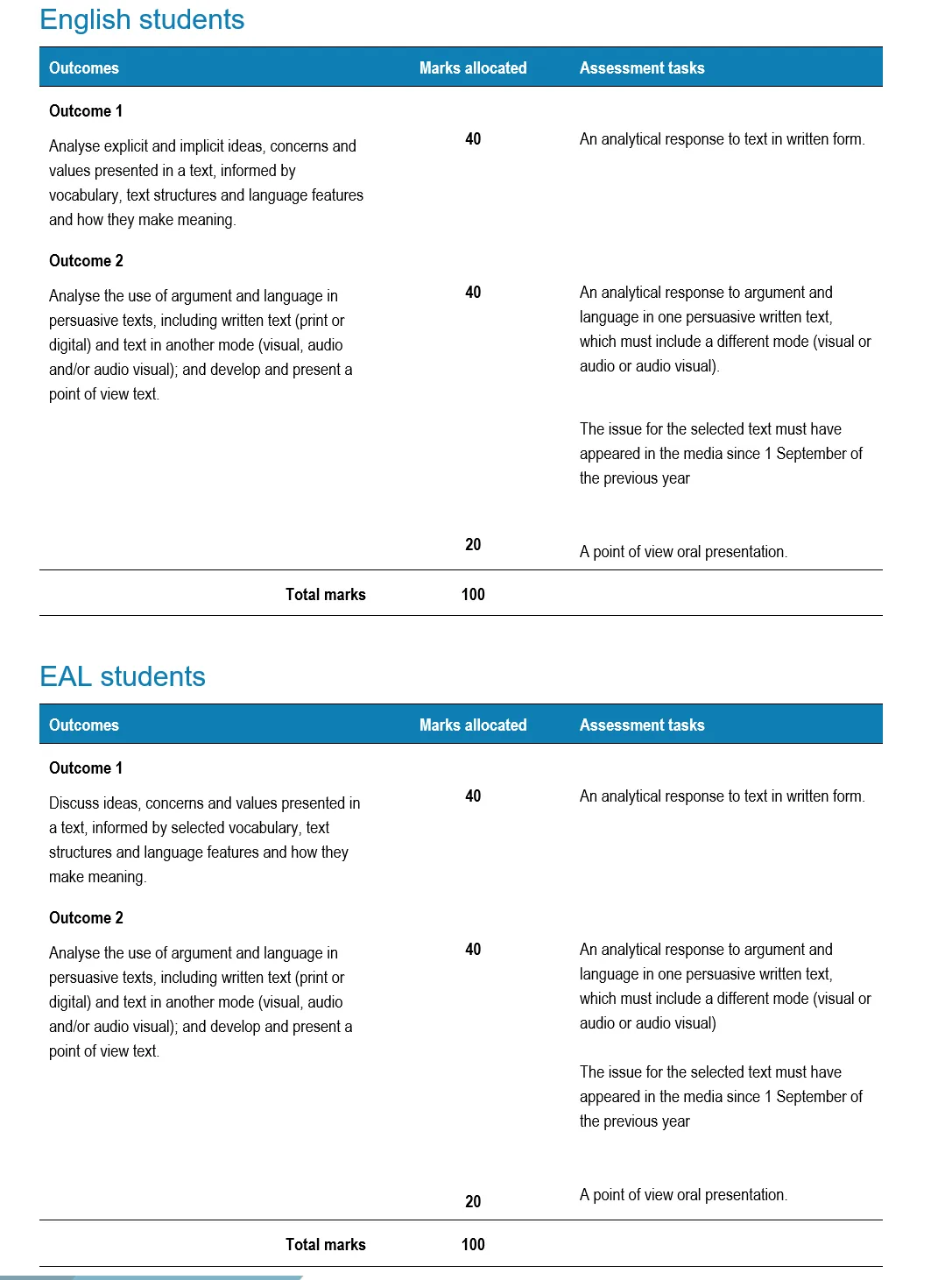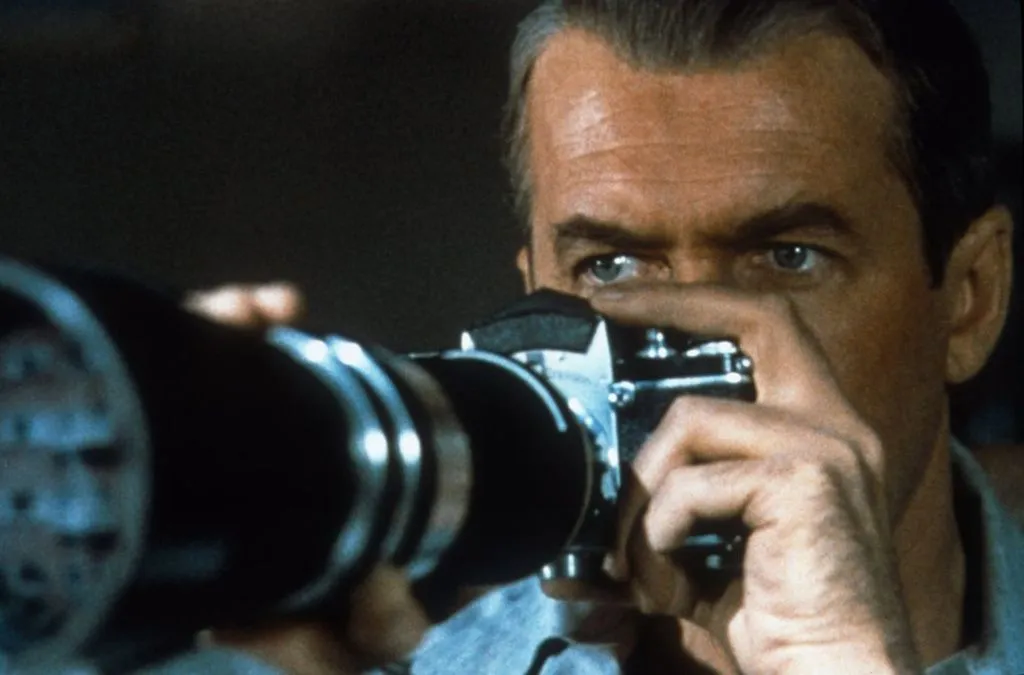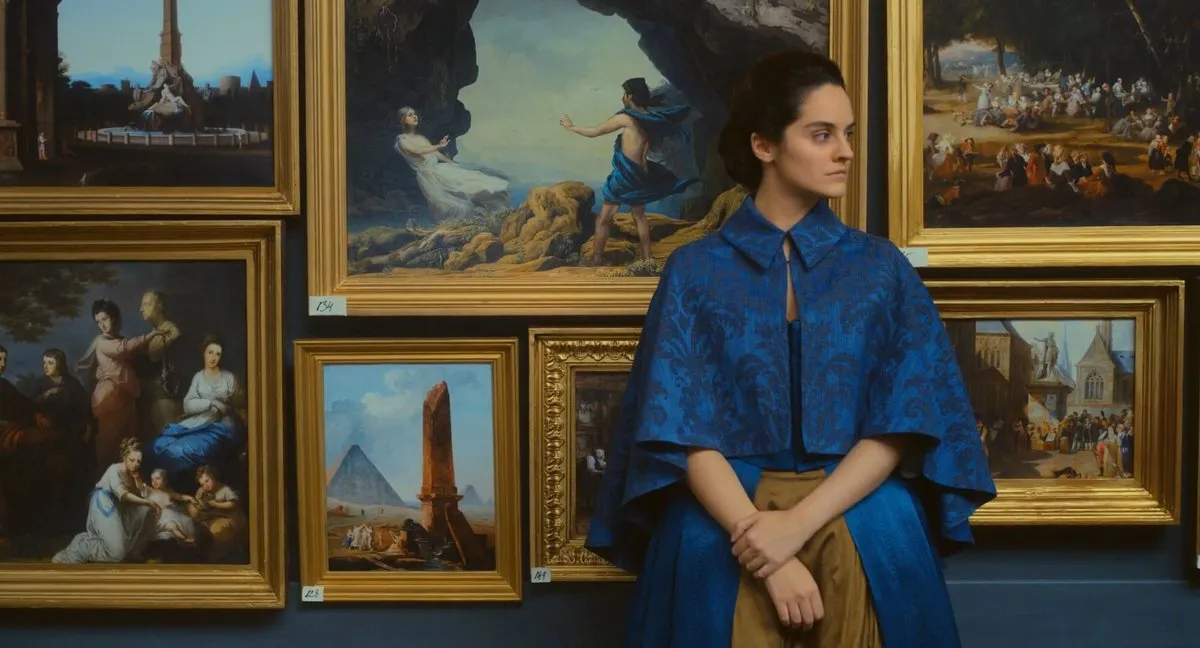For a detailed guide on Language Analysis, what you're expected to cover, how to prepare for your SAC and Exam and more, check out our Ultimate Guide to VCE Language Analysis.
[Modified Video Transcription]
Today we're going to go through the 2019 past VCAA English Exam (grab a copy of the exam here so you can analyse with me). As you probably know, if you've watched my videos before, you always want to make sure you read the background information when it comes to Analysing Argument.
I'm going to use Analysing Argument and Language Analysis interchangeably by the way, but I'm talking about the same thing okay?
Background Information
The background information is pretty important because it gives you context for what is happening in this article. Without reading the background information, you might just head in there and possibly even come up with an entirely different context altogether, which might screw over your actual analysis and the author's intention. So, never skip the background information. Make sure that you read it and also pick out the gems that you find in it.
What I've always found is background information is great for picking keywords - words I might want to use throughout my own Language Analysis. It also has really good details about the article. In this case, you can see that there's a member of the public who has responded, which tells us a little bit about the author; it's a 'response' as well, so there's going to be two articles; it's an advertorial - an advertorial is a paid advertisement that looks like an article (I'll use the word advertorial as I'm describing the article in my introduction), and, I also know where it's been published. This is already really good information for you to start using in your introduction.
Finding Your Own Interpretation
Let's move into the analysis itself. By the way, this is my first time doing this analysis, so we're doing it together. What you'll find is that I come up with particular interpretations that you might not have come up with. I might miss something, you might miss something, and what you'll find is my interpretation is not the only interpretation out there. If you come up with something else, it's totally fine for you to go ahead and analyse it, as long as you can back it up. This is what English is all about, so don't stress if I haven't matched up with you in exactly what I'm saying. You can also use my interpretation as a double interpretation. So, what you could do is go into your essay, write your interpretation and if mine compounds on top of yours pretty well, if it's a great addition to what you're saying, add it in and bam! You're showing your examiner that, you're somebody who can look at one particular technique from several different perspectives and that's kind of cool.
Moving on to the Analysis
So, 'A Better, Faster Shopping Experience'. From what I can already see here is there's this sense of convenience already being brought up. Now, at this point in time, I don't know what the point of that convenience is, but I know for me as a shopper, if I can get something for a better experience and I can get it done faster, then hells yeah, I am all for that. Think about yourself in the reader's shoes, after all, you really are the reader reading this article. Think about how it's starting to impact you.
I've done a video about the TEE rule previously that goes through Technique, Example and the intended Effect on the audience. Make sure you're familiar with that because I will use a lot of that in today's analysis.
'An open letter to our valued customers. As you know, Hailey's Local Store is not your average grocery store.'
Interesting. The 'As you know' is pretty familiar. It's this familiarity that this person is sharing with us (the author's name is Hailey, so I'll just say Hailey). She says 'As you know, Hailey's Local Store is not your average grocery store' and repeating that familiar 'As you know' reminds the audience - us - of our long-term relationship with the store. So, in a sense, she's drawing upon our good will and our trust in the local shop, which creates this differentiation between herself (as somebody who's more proactive and customer-centric) and your bigger grocery stores.
'We're a little bit different - we always put our customers first.'
At this point, we start to feel valued. We know that we are her priority. Her priority isn't about profits, which a lot of stores are about, it's about the people, and as a result, we're more inclined to look at her in a favourable way.
'We offer lots of healthy meals, many specials, locally source food and, as you know, we abolished plastic carry bags four years ago - long before the big stores.'
This whole sentence is pretty good because it shows us that she is somebody who is forward-thinking and she has actually carried through with her claim that she puts her customer first. We know that because she follows it up with:
'Why did we do those things? Because you told us that was what you wanted and needed.'
She's got historical proof of putting customers first, which again, serves to build this rapport and relationship between Hailey and us as her customers.
If I look at the first paragraph as a whole, I see that she's building this up, she's setting this up in a particular way and whatever direction she's going to head in next, we're more inclined to follow her, to believe in her and to support her because she's shown us that she has supported us first. She's helped us out, so why can't we help her out? Again, I haven't read the rest of this article yet so these are just the thoughts that are going through my mind as I'm reading this first paragraph - just to give you a little bit of insight into my brain.
In this first paragraph, I can see that she's using a pretty welcoming and warm tone. If you have a look at the photograph that's been placed at the top of this article - and remember that with particular images they're strategically placed, so if it's placed at the start of the article versus at the end, think about how that impacts your perception of the photograph - for me, the first thing I see when I look at this article is the photo and I see a smiling happy owner. As you can see, the first paragraph serves to back up this photograph as well, with what she's talking about in terms of prioritising customers and valuing customers. You can also see products behind her, which look fresh and full and her shelves are full, so in that sense, it furthers this impression of the local and grounded nature of the store. It feels homey and this invites that comfort and trust from us.
Then, as we move into our second paragraph, I'm seeing a lot of exclamation marks, which gives me the sense of this upbeat, exciting environment, or even tone you could say. I think she's doing this because she wants us to jump on board with cashless payments as well, and to not see them as something that's a burden for us. She ties the advantages of cashless payments directly to the customer’s experience of the store by frequently repeating personal terms, such as 'you' and 'your' throughout these first couple of paragraphs. By the way, I'm not going to write down all the language analysis, because I think there's just not enough space, but me chatting about it with you is good enough. Let's move onto the next paragraph.
'you won't need to go rummaging through your bags for coins. You won't ever have to worry that you don't have the cash to cover your essential food supplies - your card will ensure that you do'.
Not only is she highlighting the advantage. Here, she's arguing for the advantages of cashless payments by showing you the inconveniences of having cash in phrases like 'you won't need to' and 'you won't ever have to'. I also like the phrase 'rummaging through your bags for coins'. It gives this sense of how cumbersome the nature of physical money is in comparison to cashless payments.
In the next paragraph, she highlights cashless payments with the words 'Simple!' which reiterates her point (from the previous paragraph) about how cumbersome coins can be. She finishes off this paragraph with a 'Welcome to the twenty-first century.', so there's this sense of being forward in her decisions and that we should be as well - because nobody wants to be left behind in history. A lot of us like to think of ourselves as people who are open-minded, open to change and will take up things that are better for us, things that are more convenient for us.
So, she's saying that this is it for twenty-first century, join us over here rather than way back when, when we had to use coins. She also highlights 'mobile phone[s]', 'smart watch', 'smart ring' - many things that a lot of people have and this just compounds that idea of, 'yeah, this is a no brainer' essentially. Why shouldn't you move to cashless payments if you're already immersed in this tech world of having mobile phones, smart watches, smart rings, etc.?
She moves into talking about the wider economic context of Australia in this next paragraph. That sense of time I was talking about, comparing the now - the twenty-first century - with a decade ago, you can see that link right here. It's very obvious now. She creates a strong impression of societal inevitability of this technological change, especially because she cites statistics - '70 per cent of household spending was in cash; now it's half of that.' I can see in the next paragraph that she uses expert opinion as well - the 'Governor of the Reserve Bank of Australia'. This all connects to this main phrase that we are in a ‘turning point’ now, that cash will be rapidly phased out until we become a cashless society and we should join her; we should make moves on this otherwise we're going to get left behind.
I like that she's bringing in Australia because it also brings in this additional sense of pride on our behalf. We're Australians, we're proud that we've been one of the biggest users of electronic payments in the world, we're the ones who are making waves, we're the ones who are putting our feet forward first. So, you could talk about appeal to patriotism here as well. It's interesting because here she says that she's a leader, or
'We've always tried to be a leader in our community and respond to our customer's needs.'
What do you think when you think of a leader? Typically for me, I admire leaders. They're somebody I look up to and I want to follow in their footsteps essentially. So by positioning herself as a leader, I think that's pretty interesting because she's telling us, ‘Hey, I've done all this thinking, I have initiative, I am forward-thinking, so come with me, join with me on this cashless payments movement.’
'you'll breeze through a check-out'
I like the word 'breeze through', or just 'breeze' because it connects again, back to this idea of convenience with a faster shopping experience, and it is juxtaposed against that cumbersomeness of 'rummaging through...bags for coins'. Something to think about is: as you analyse an article, you don't just have to analyse it chronologically or talk about it chronologically in your essay either. If you see things that connect later on, connect them in your essay and put them together, because what you're showing your examiner is that you can see not just the minor details - i.e. language techniques in each sentence - but you can actually zoom out and see the overall picture, how the arguments are coming together and how she's structuring her piece so that we walk away with a certain perspective. Think about that in a two-step method. There's the zoom in where we're looking at sentence by sentence and what techniques are there, which is basically what we've been doing, but at the same time, you can zoom out and have a look at how the different techniques all come together and work as a whole. If this is something that you're not too comfortable with just yet, just stick with the chronological order and working through the sort of minor details. And then on your next read, you can read through with the focus of, 'okay, what if I was to look at this from a more holistic perspective?'
We talk about this 'zoom in' and 'zoom out' technique in How To Write A Killer Text Response.
Ahh! I didn't even look ahead enough, there are more words and more phrases that connect to the idea of convenience and ease. It’s 'faster', ‘will save you time', 'safer' as well?! There's a new appeal. It's not necessarily new, it's just a different angle you could come from. If you wanted to talk about the sense of security, that appeal to safety, then you could do that as well.
'it means not having to spend hours sorting, storing and securing cash'
So, more cumbersome notions. And then in comparison,
'more time', 'We understand the concerns a minority of our customers may have.'
I love when they do this, acknowledging the opposition essentially is what she's doing. She's saying, ‘yup, like, I can hear you, not all customers want this. Some of you don't.’ And my assumption is that she's going to back it up with her own rebuttal. This not only pulls along the people who are already supportive of her, but she's also trying to pull along those who are a little bit more sceptical of this idea of cashless payments. So let's see, she says,
'What if you prefer cash, don't feel comfortable using credit or debit cards, or don't have a mobile phone or smart watch? We don't want to leave anyone out. For the next three months we will offer cashless payments, but still accept cash to people to give people time to adjust.'
It's interesting because she is again, building up this position of hers, where she is friendly, she is helpful, she is thoughtful and she cares about her community. Something you could also say, and this is if you're looking at things more pessimistically, is that she's doing this more so for herself. By saying that these people have three months, there's this unspoken pressure that's happening as well. She's putting pressure on the minority and emphasising the supposed inevitability of a cash-free shopping experience. Even by just saying 'minority' that's in a way applying pressure as well, because it's saying that you are part of this smaller group, the smaller group of people who won't come with us or have not yet come with us, so join us. There's a very clear expectation that these customers need to adapt and catch up.
Want to see these ideas and annotations turned into a full A+ essay?
If you want more, I have also got a fully written up 2019 essay based on the articles that we're analysing today in my How To Write A Killer Language Analysis study guide. In that study guide, not only do I have the essay for 2019, I also have a fully written up essay for the 2017 & 2020 VCAA English Exams, and we're always working on adding ones from future years as well. Plus, there's heaps of sample A-plus essays in there already and heaps of information that I think will be super helpful for you before you move into your SAC. So please, go ahead and check that out! It's loaded with value and I know it'll be worth your money.





.png)













.jpg)